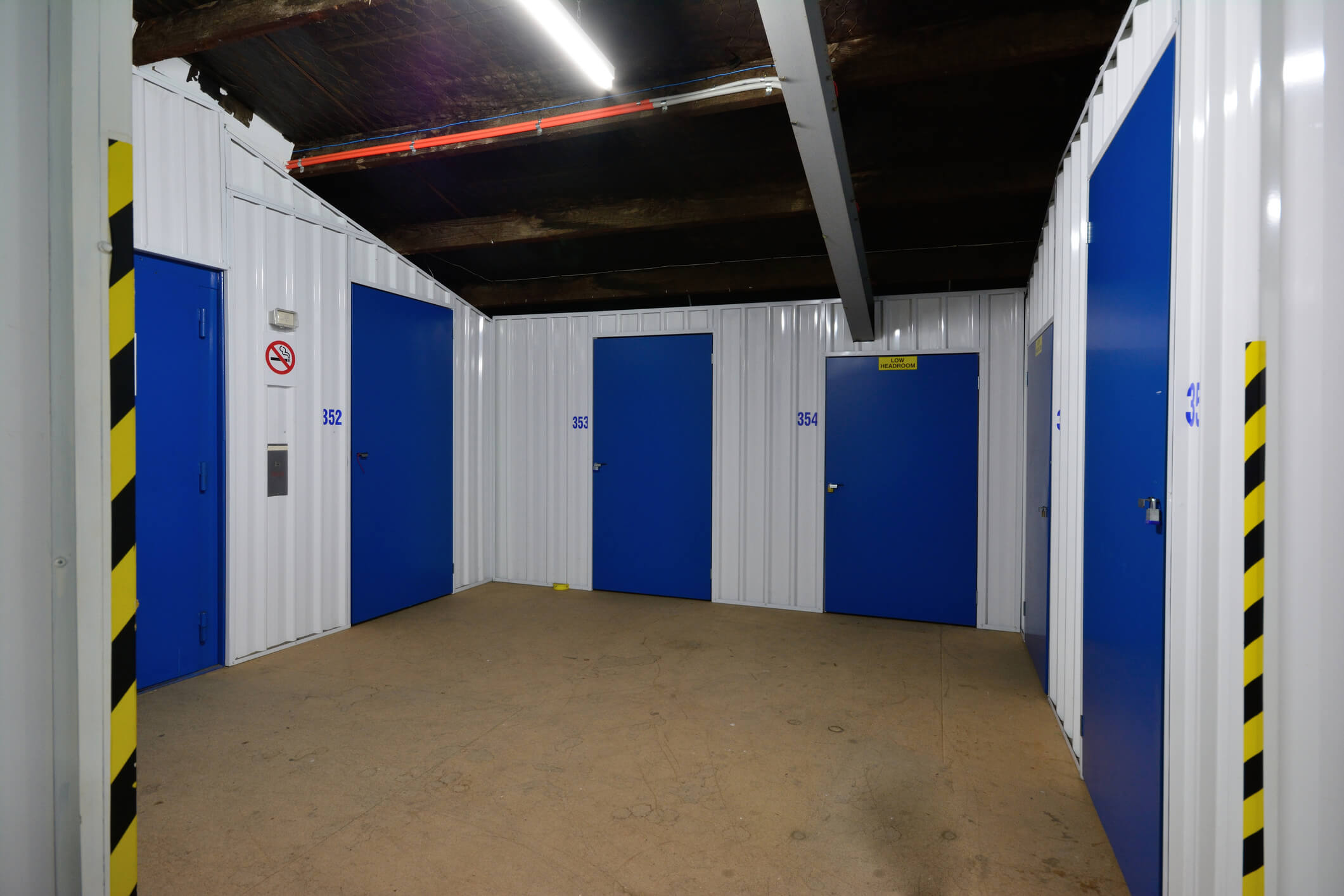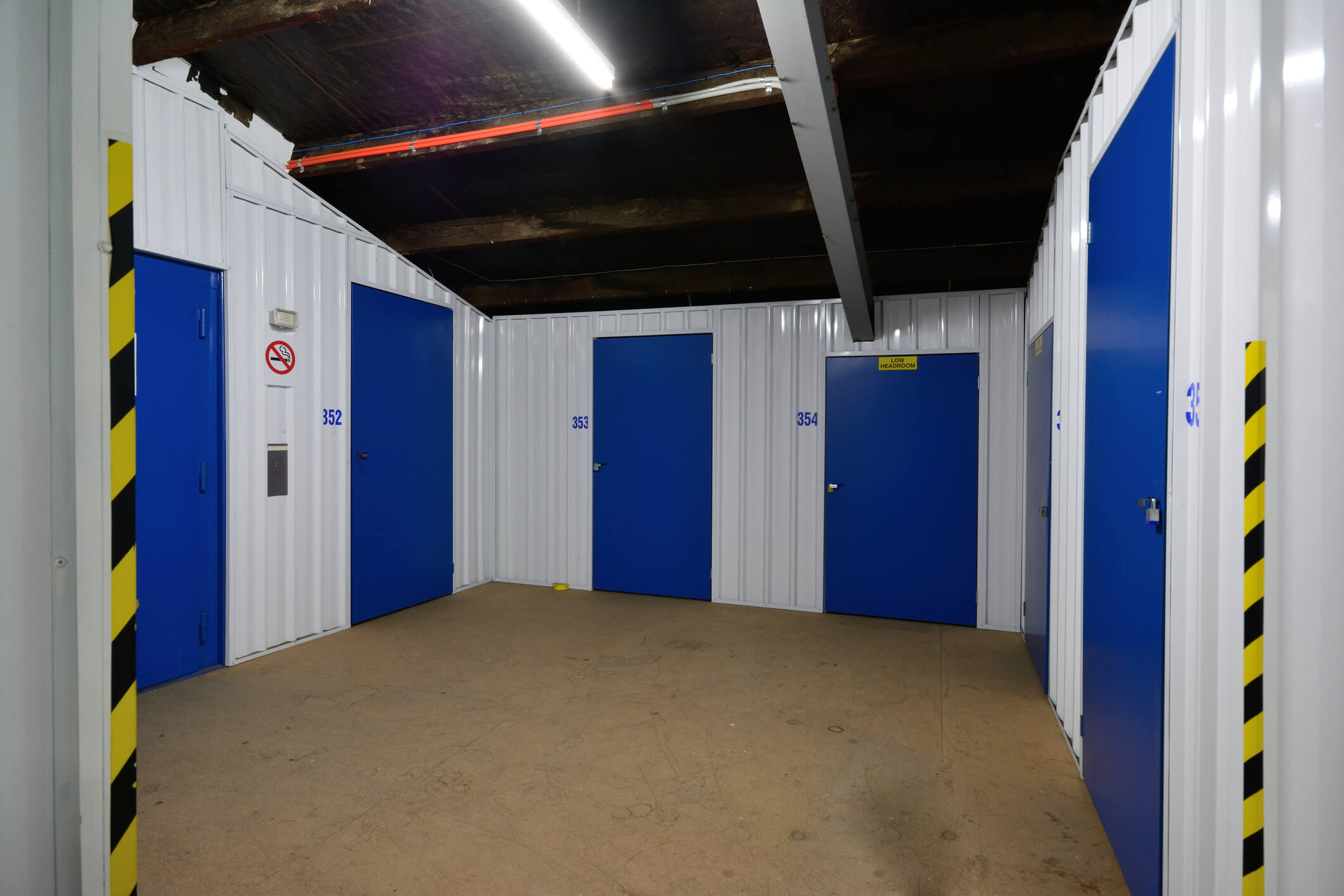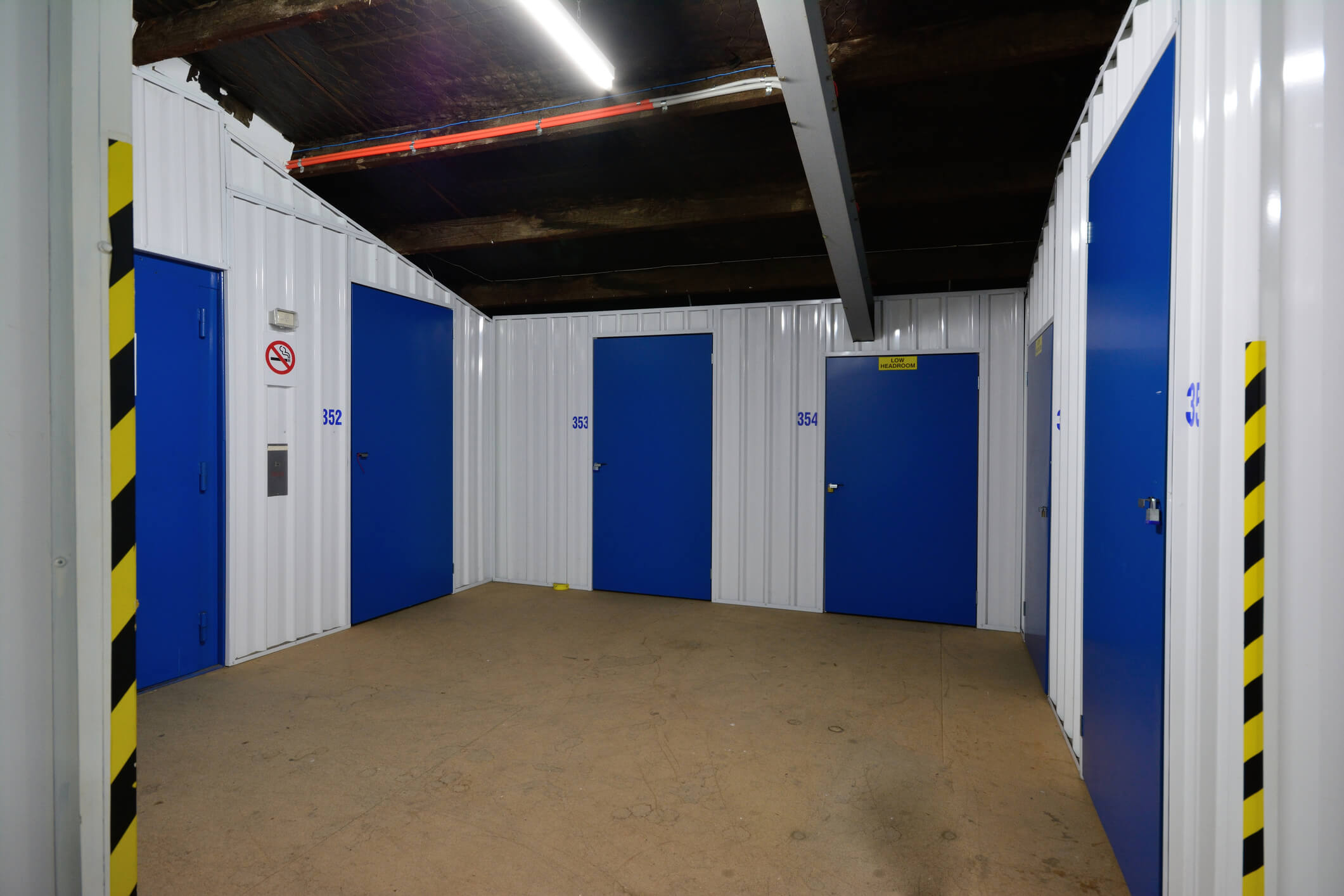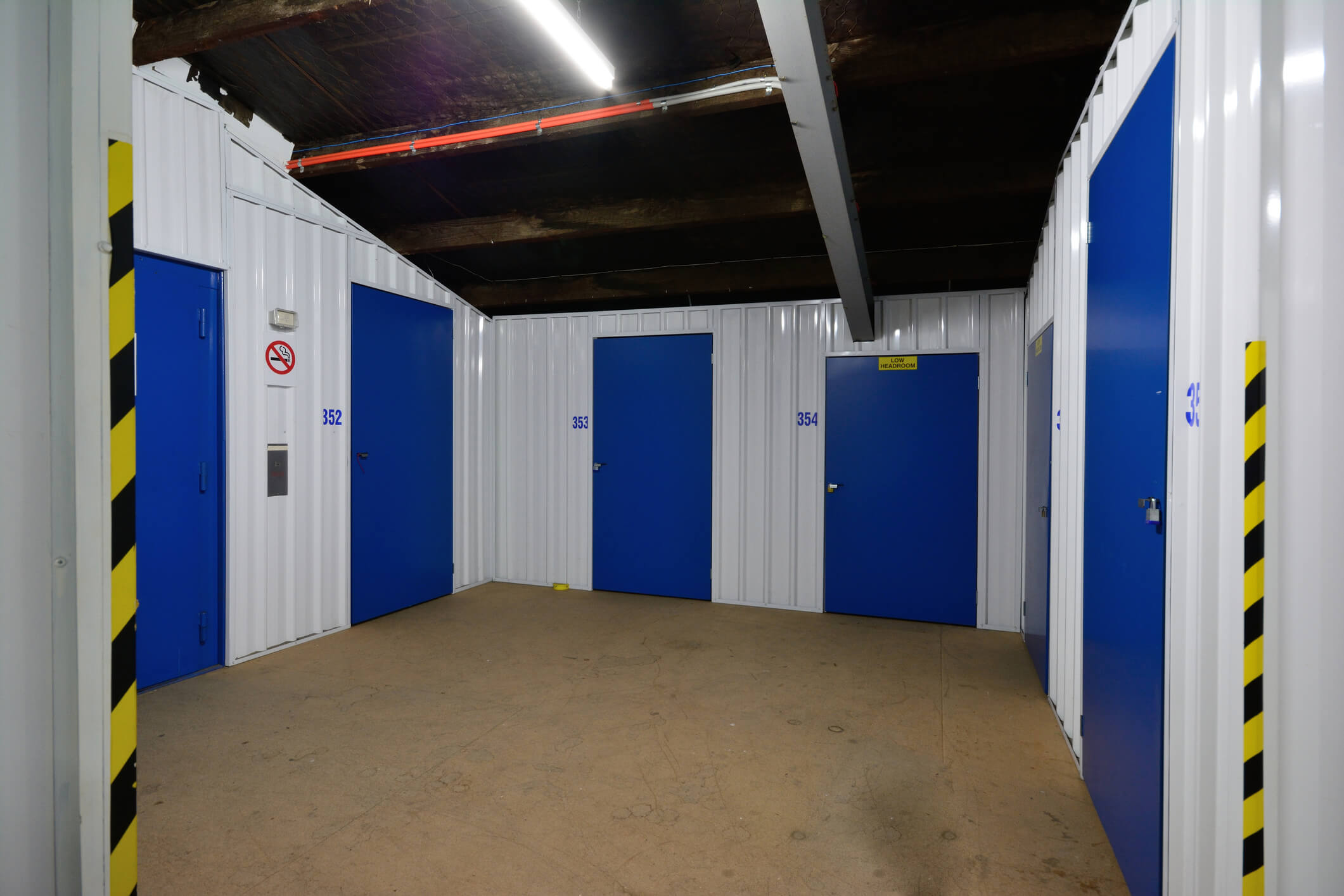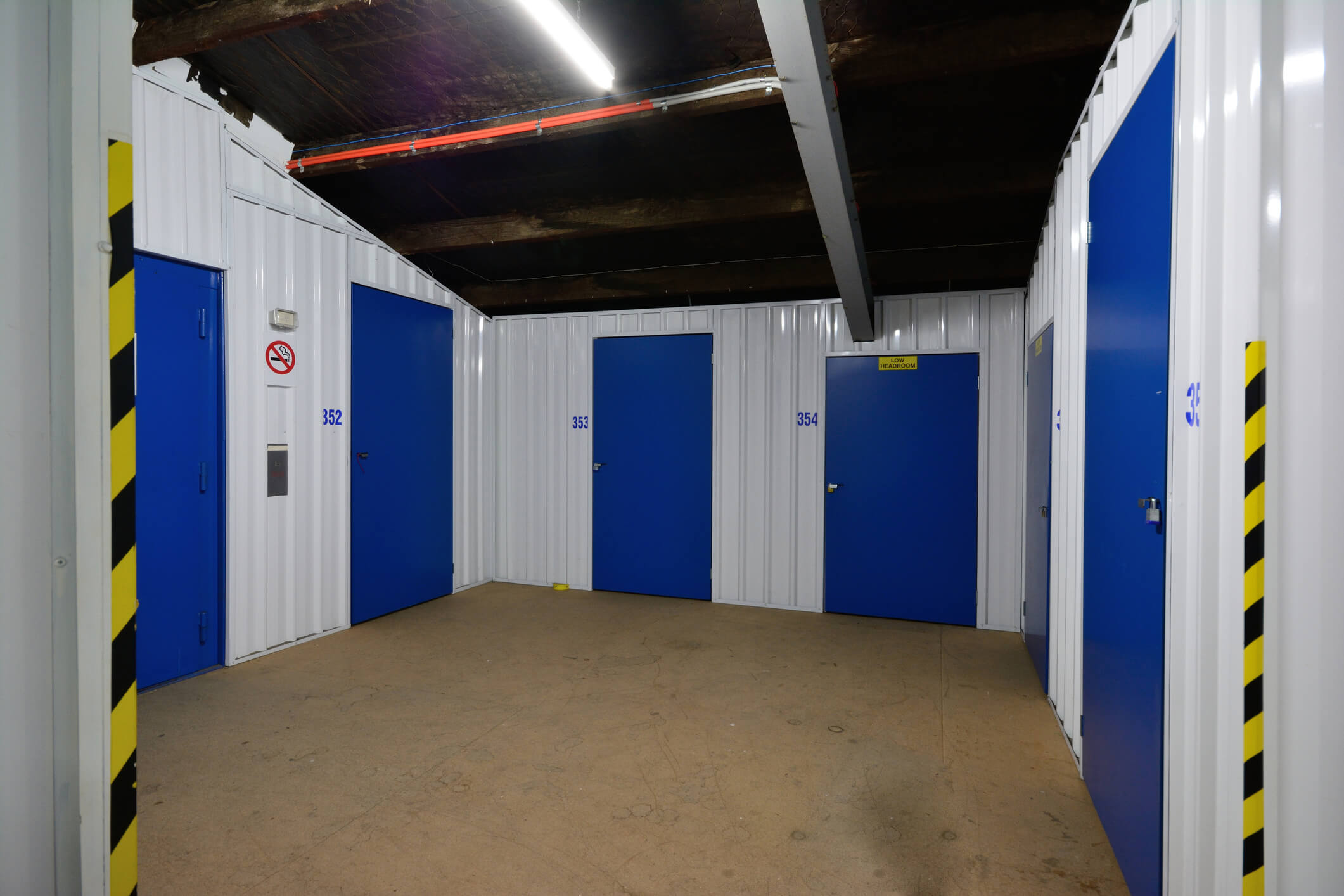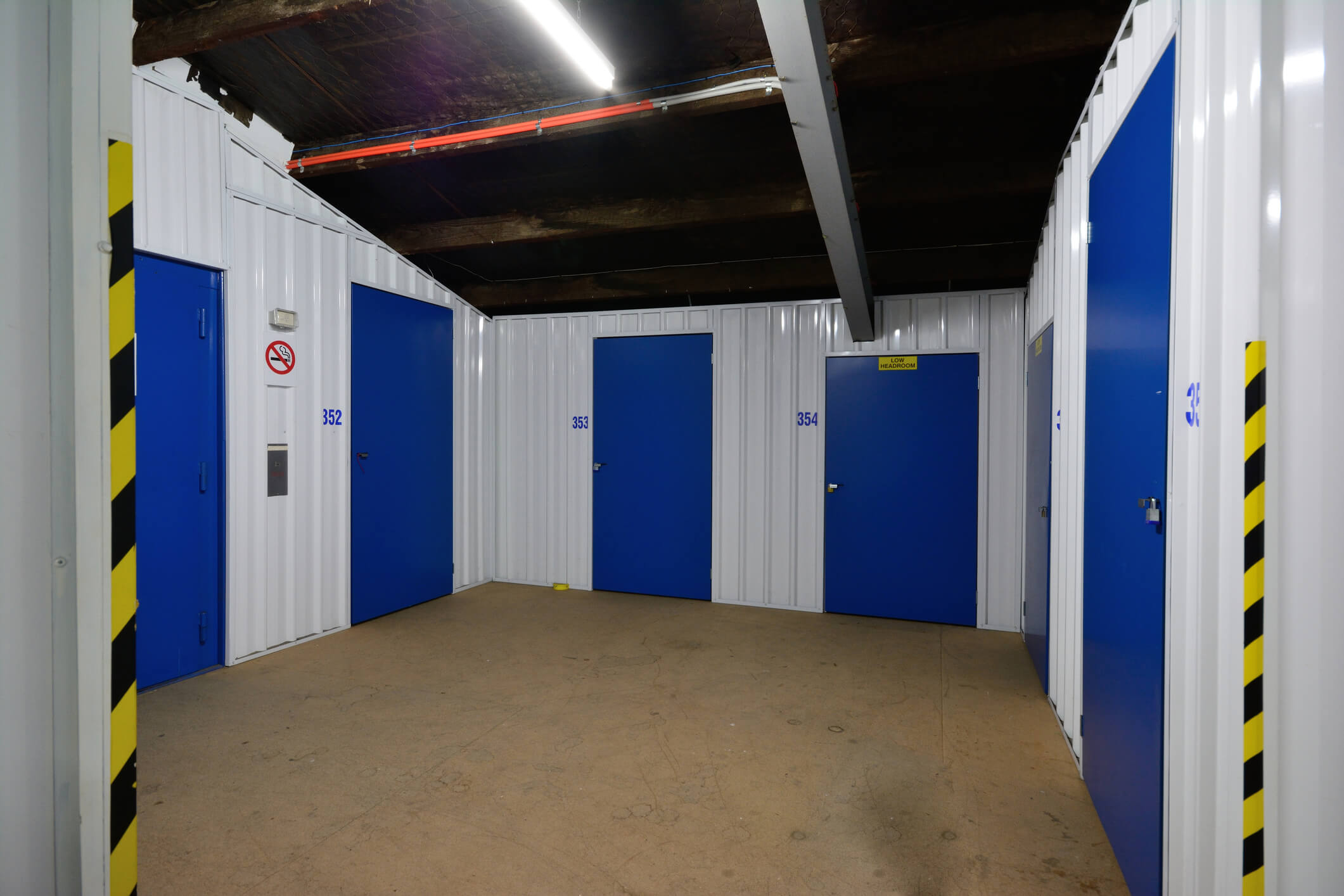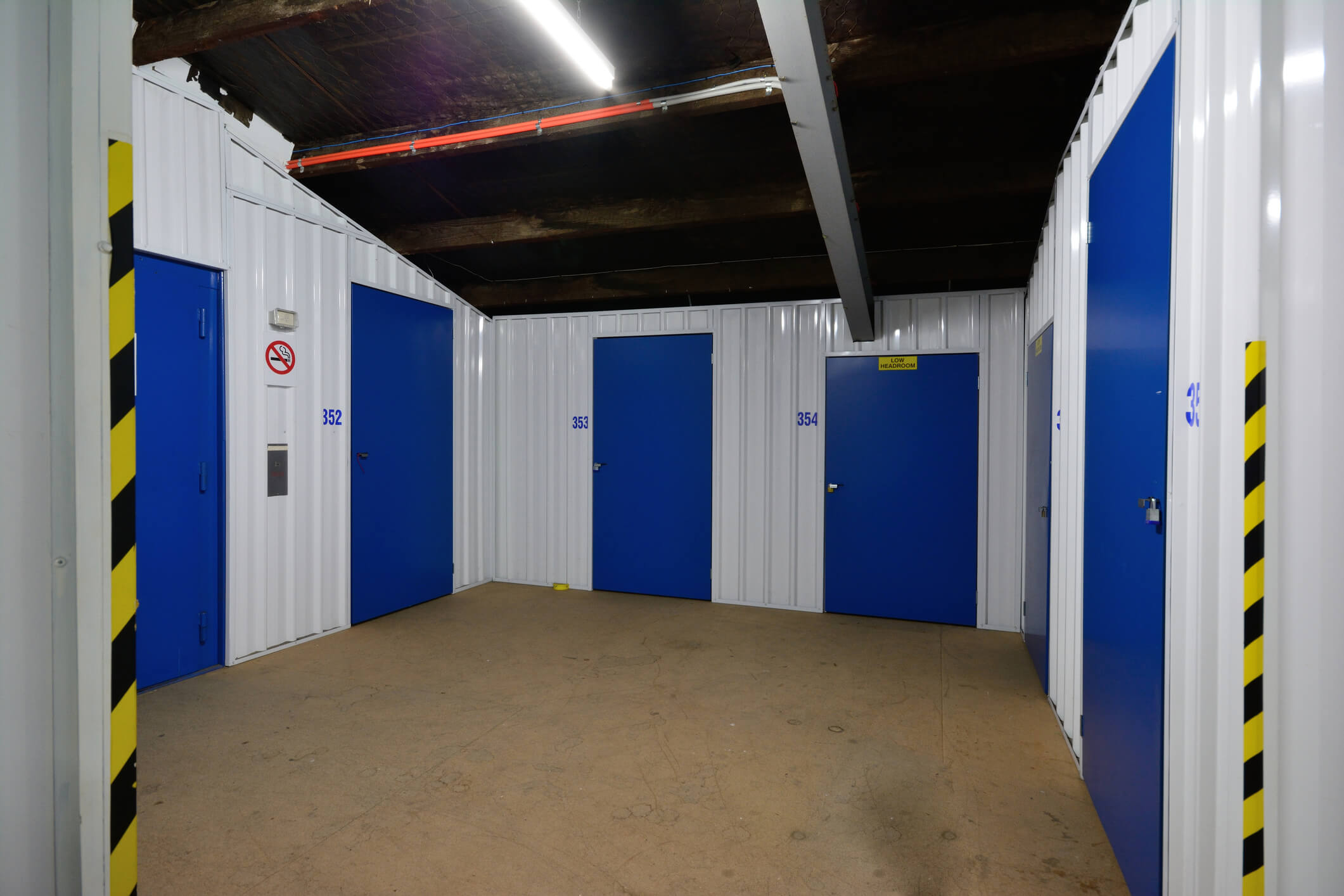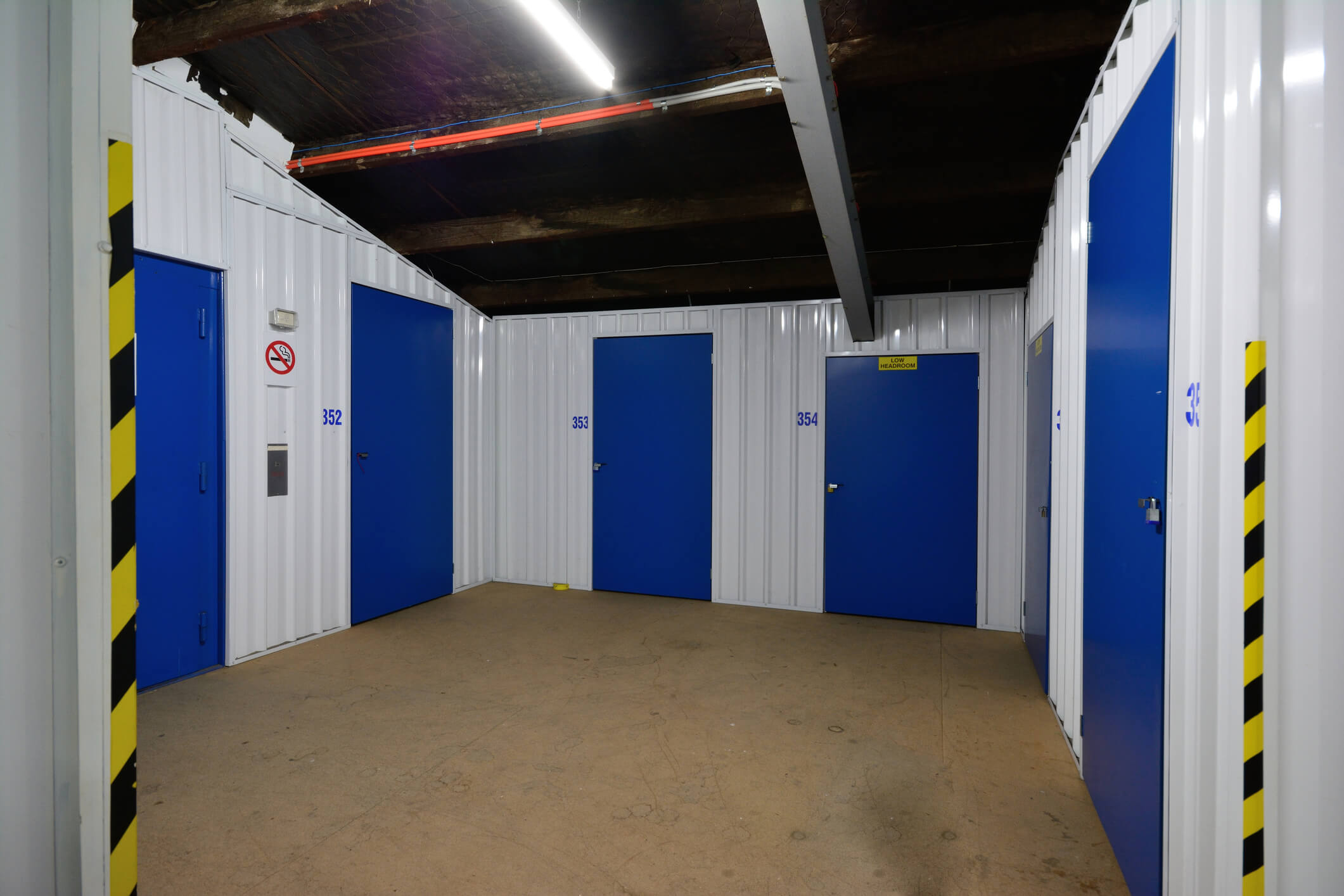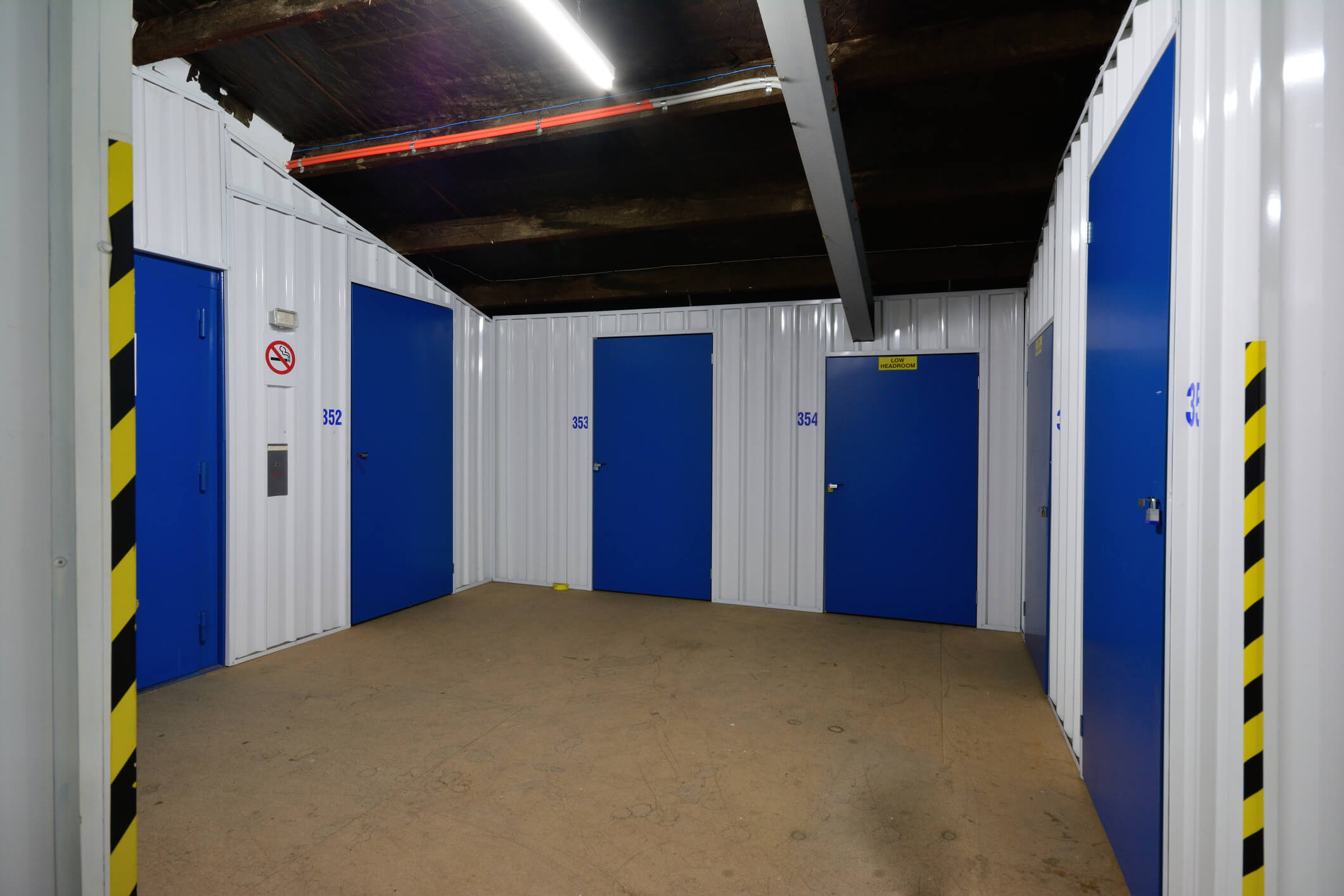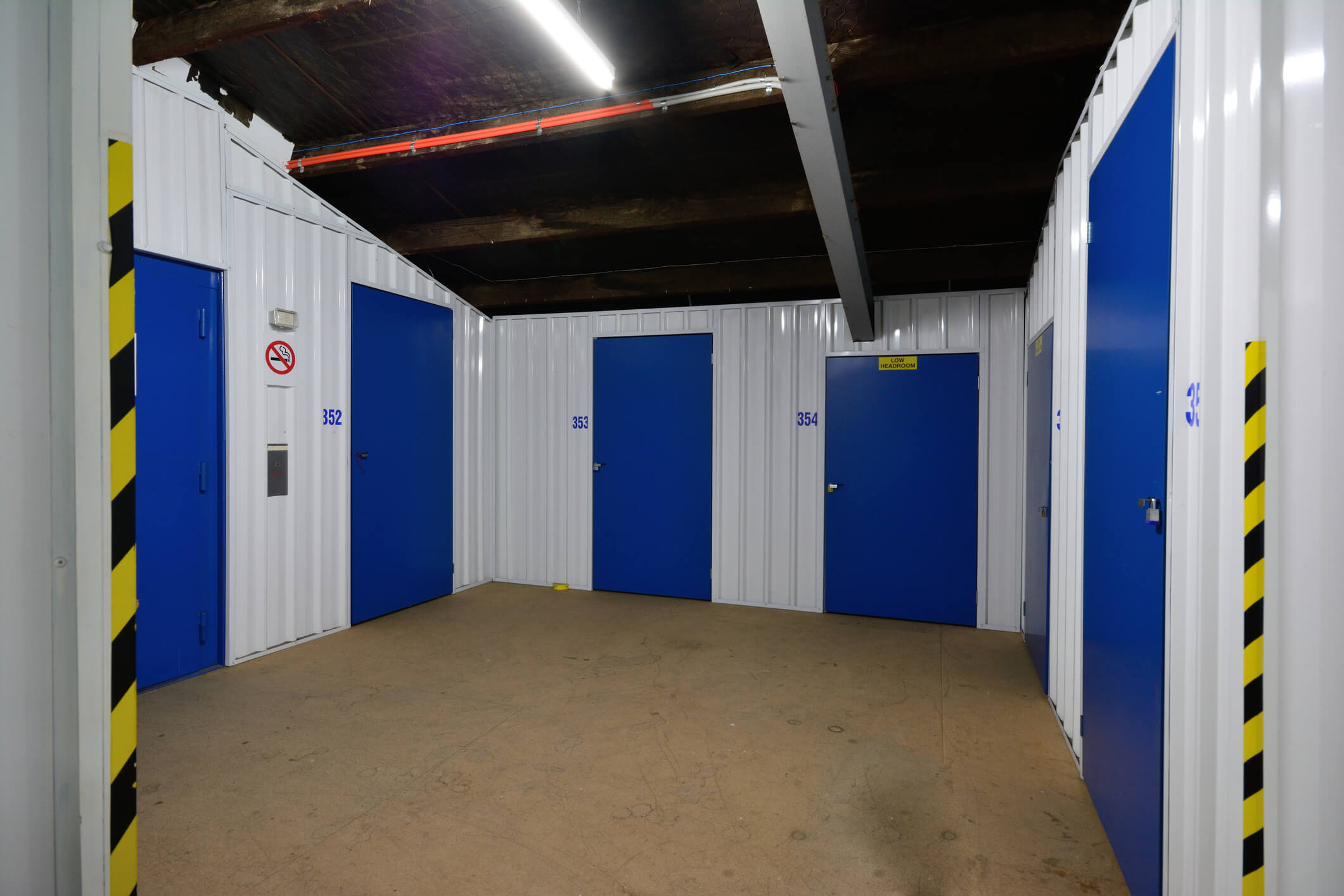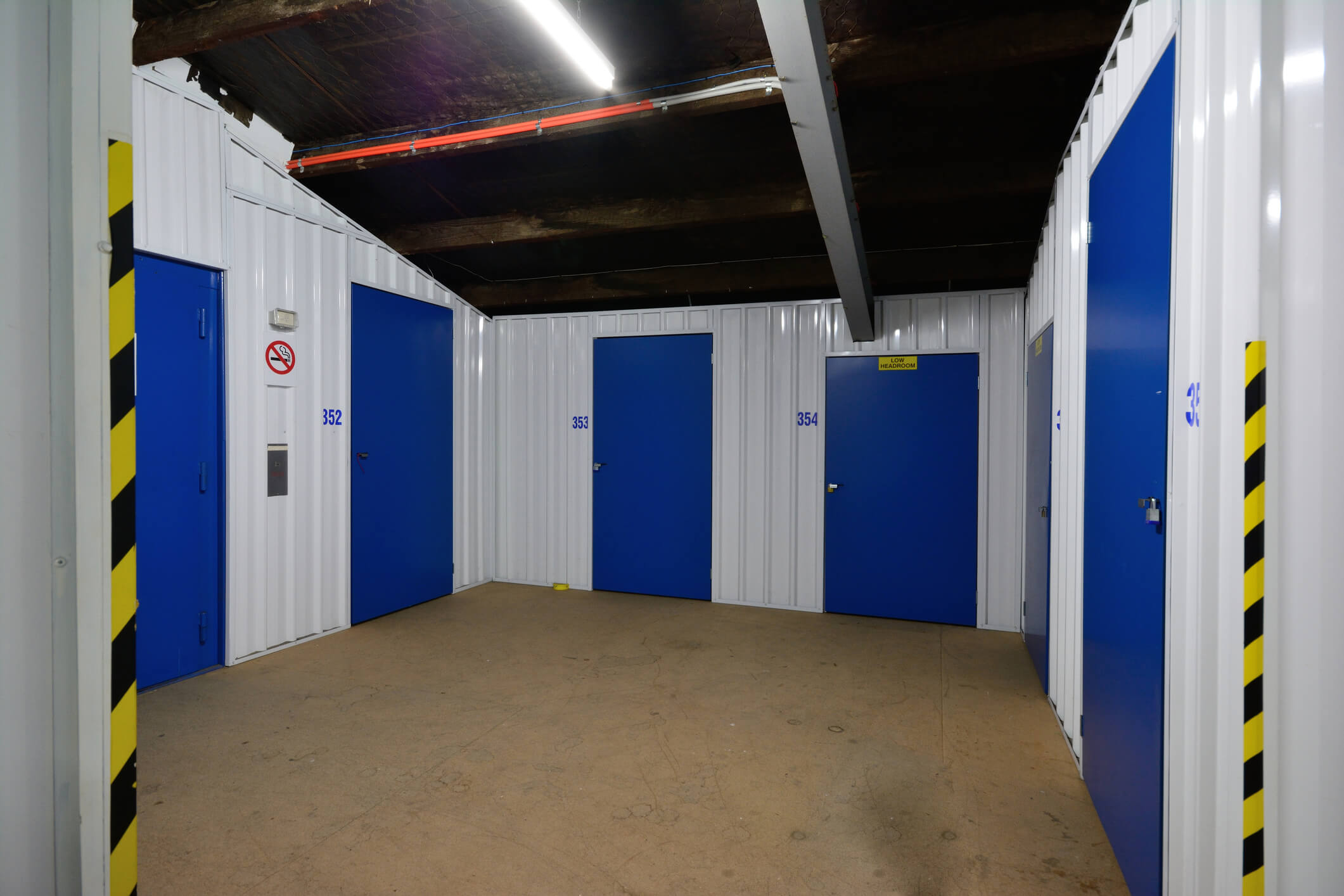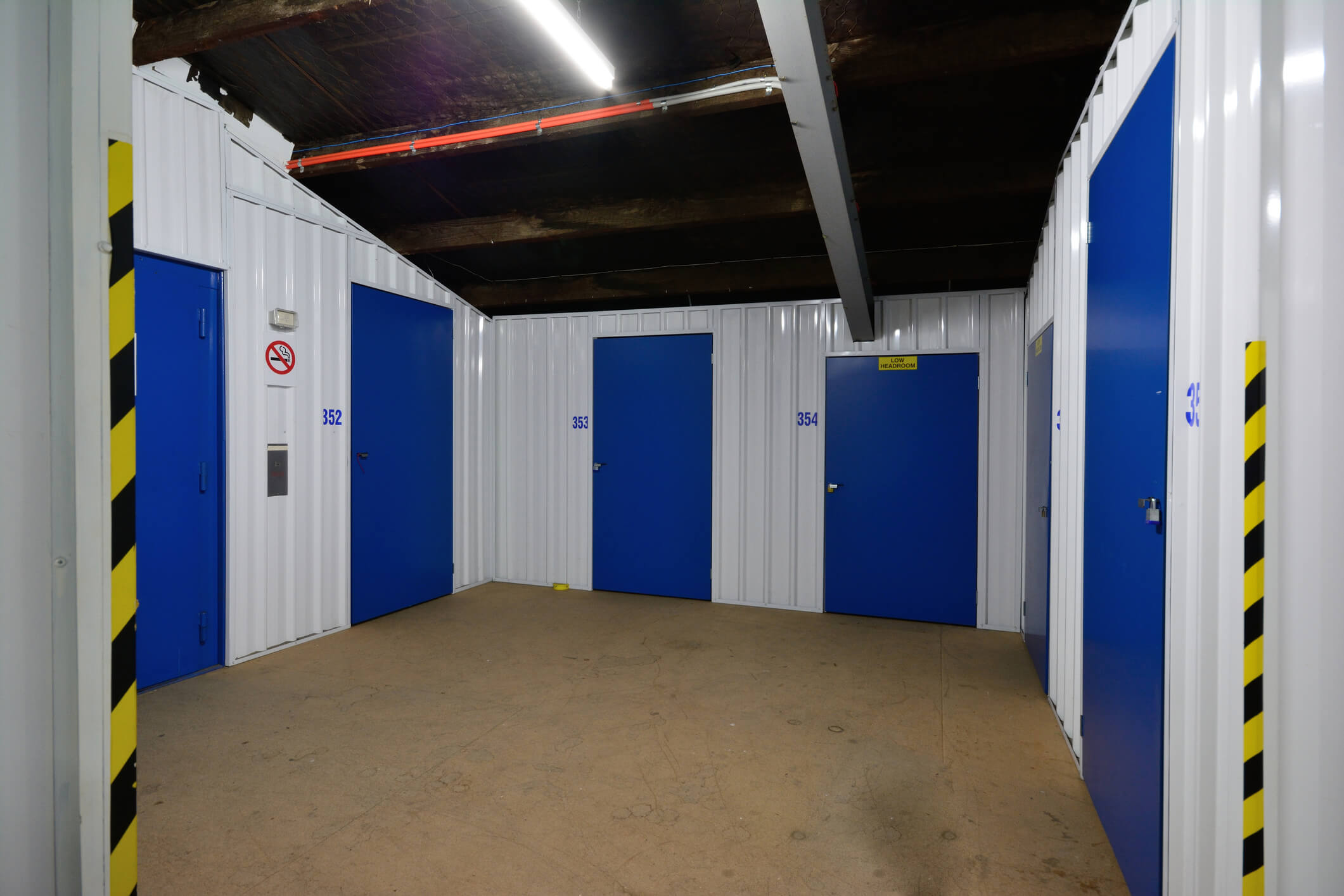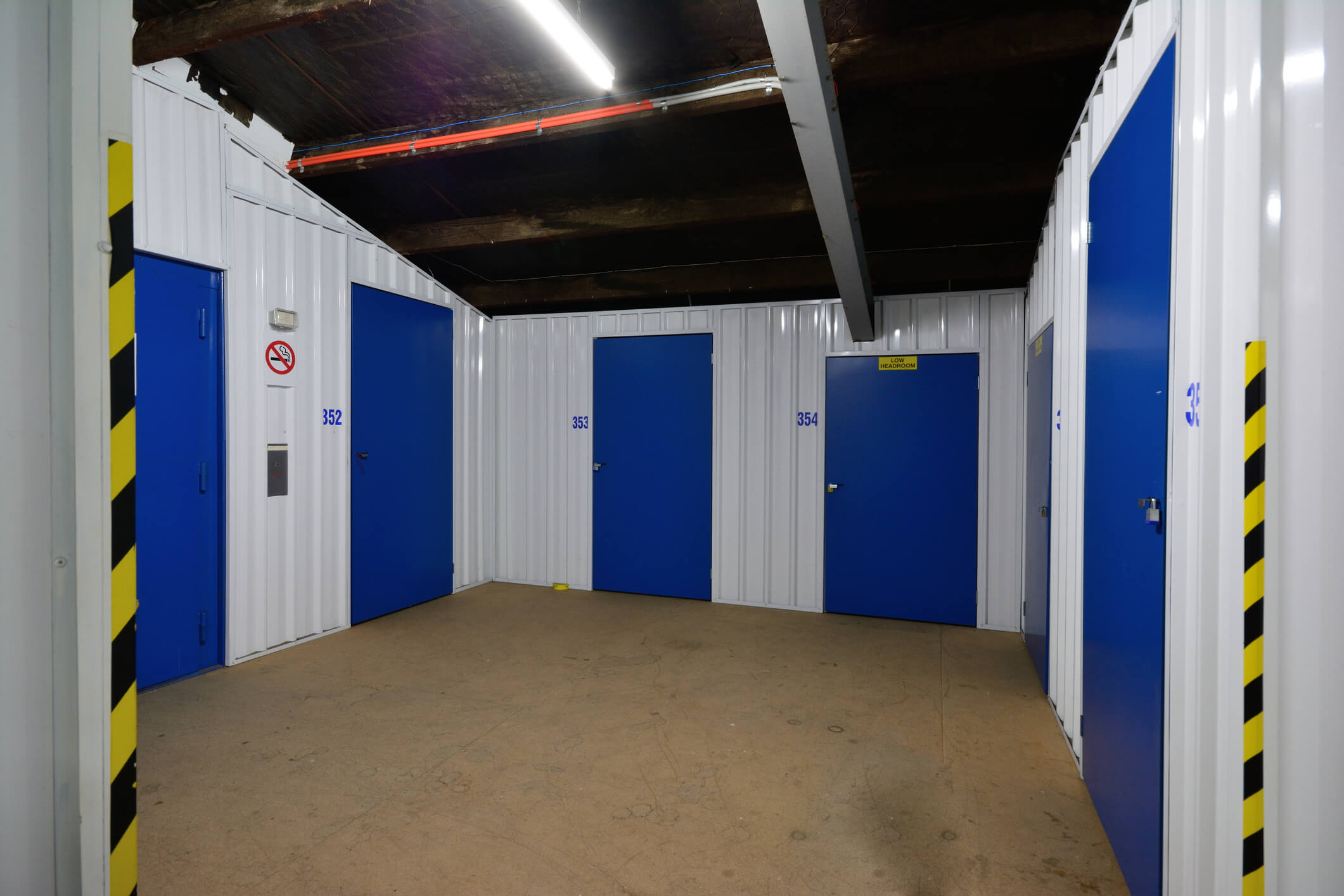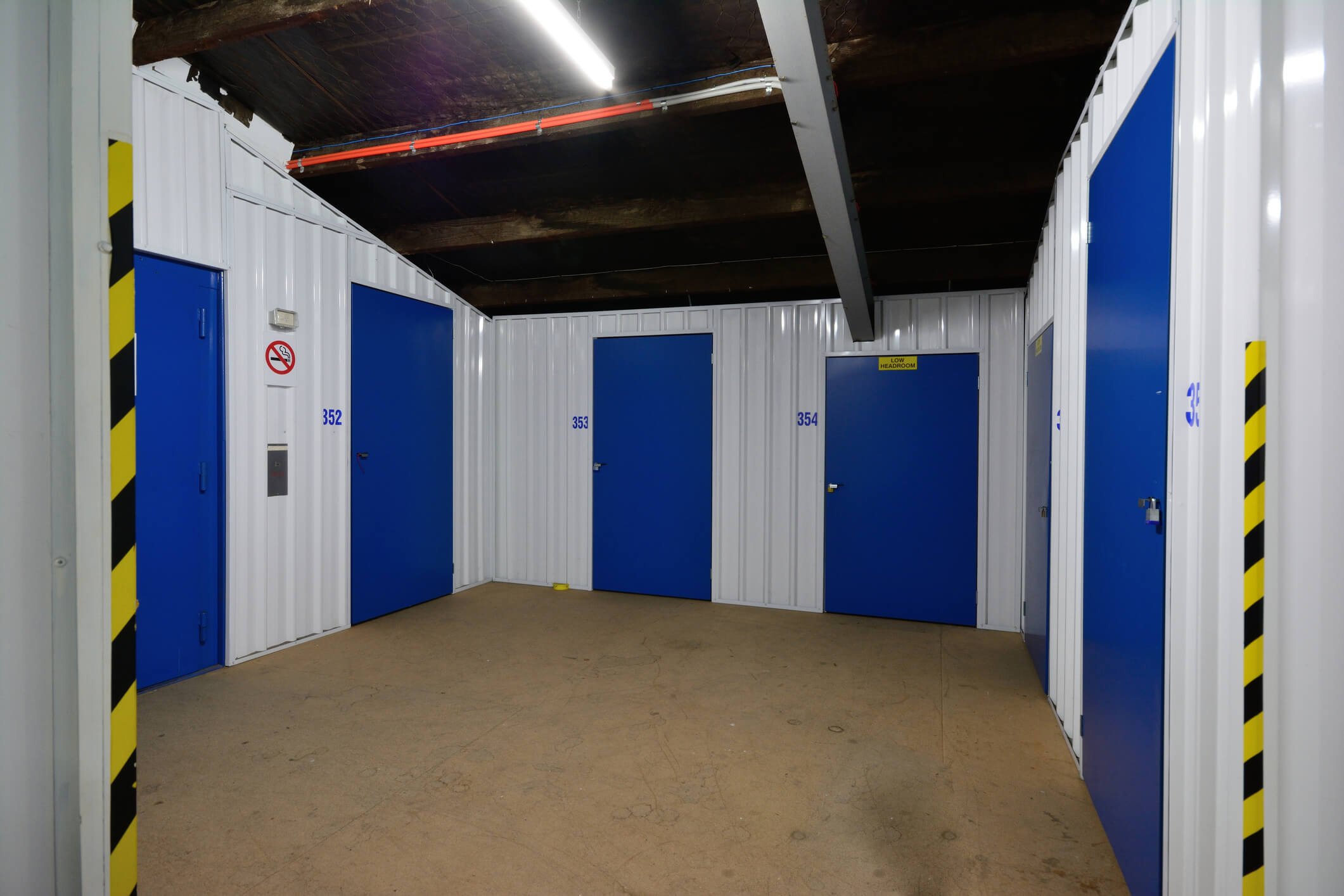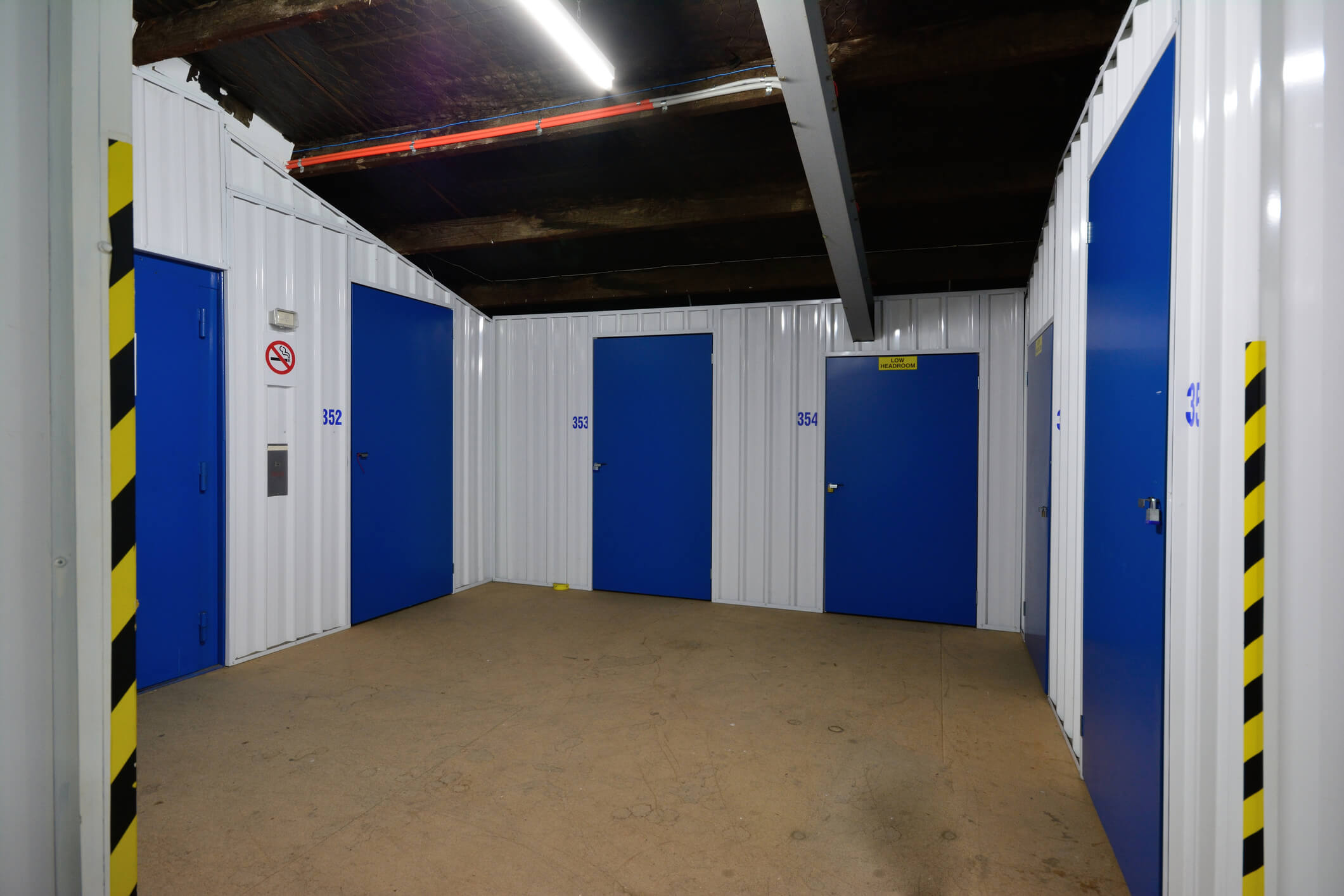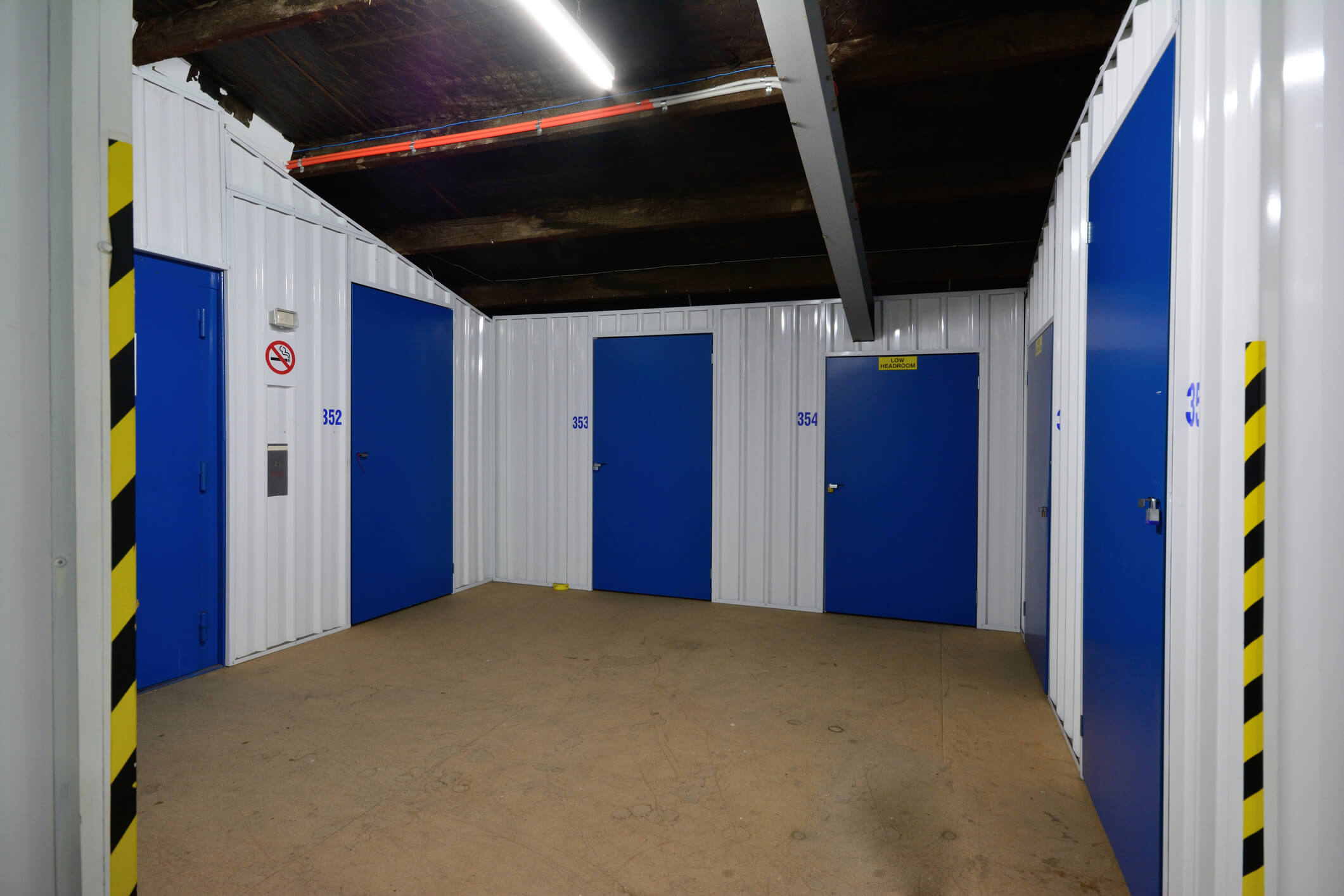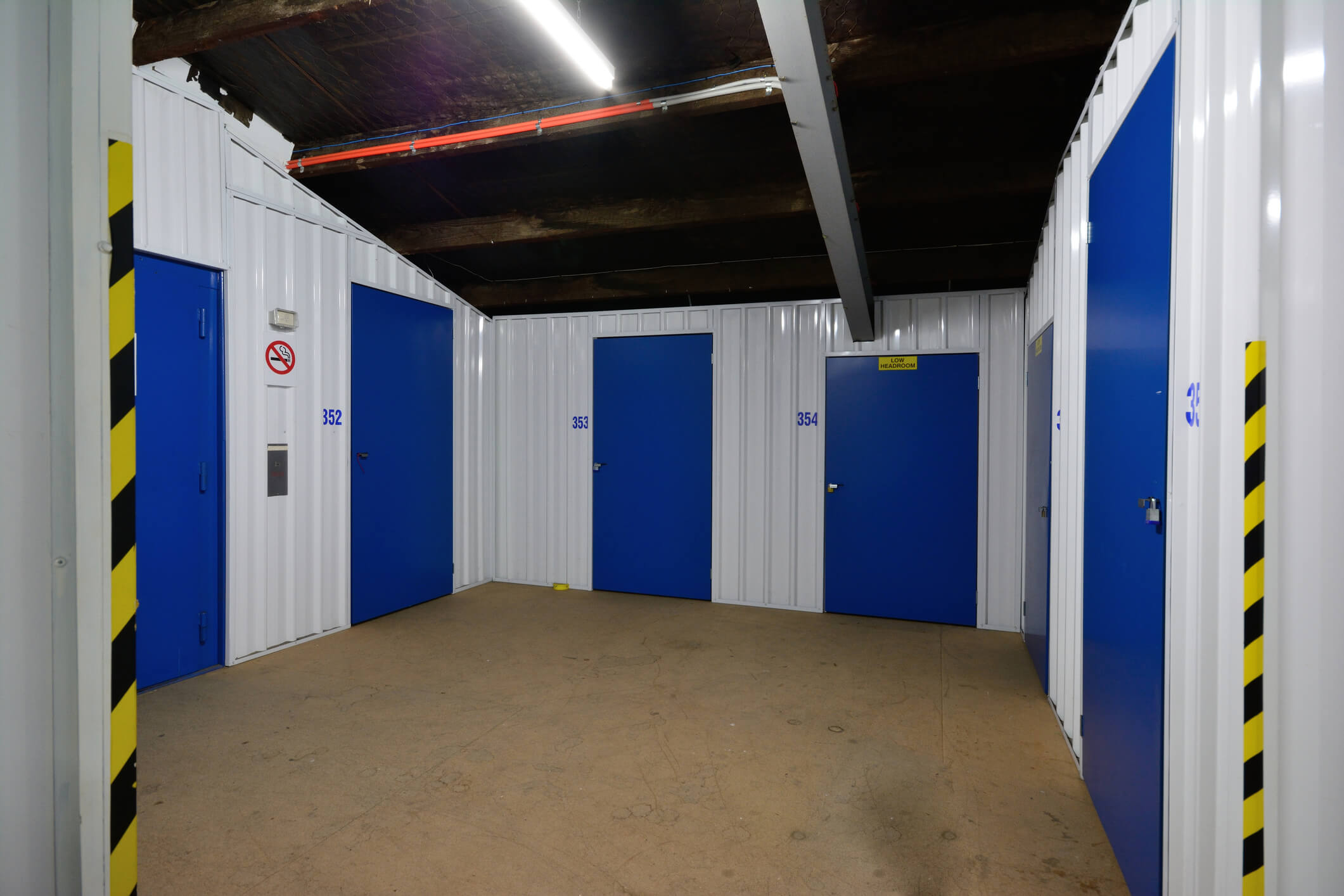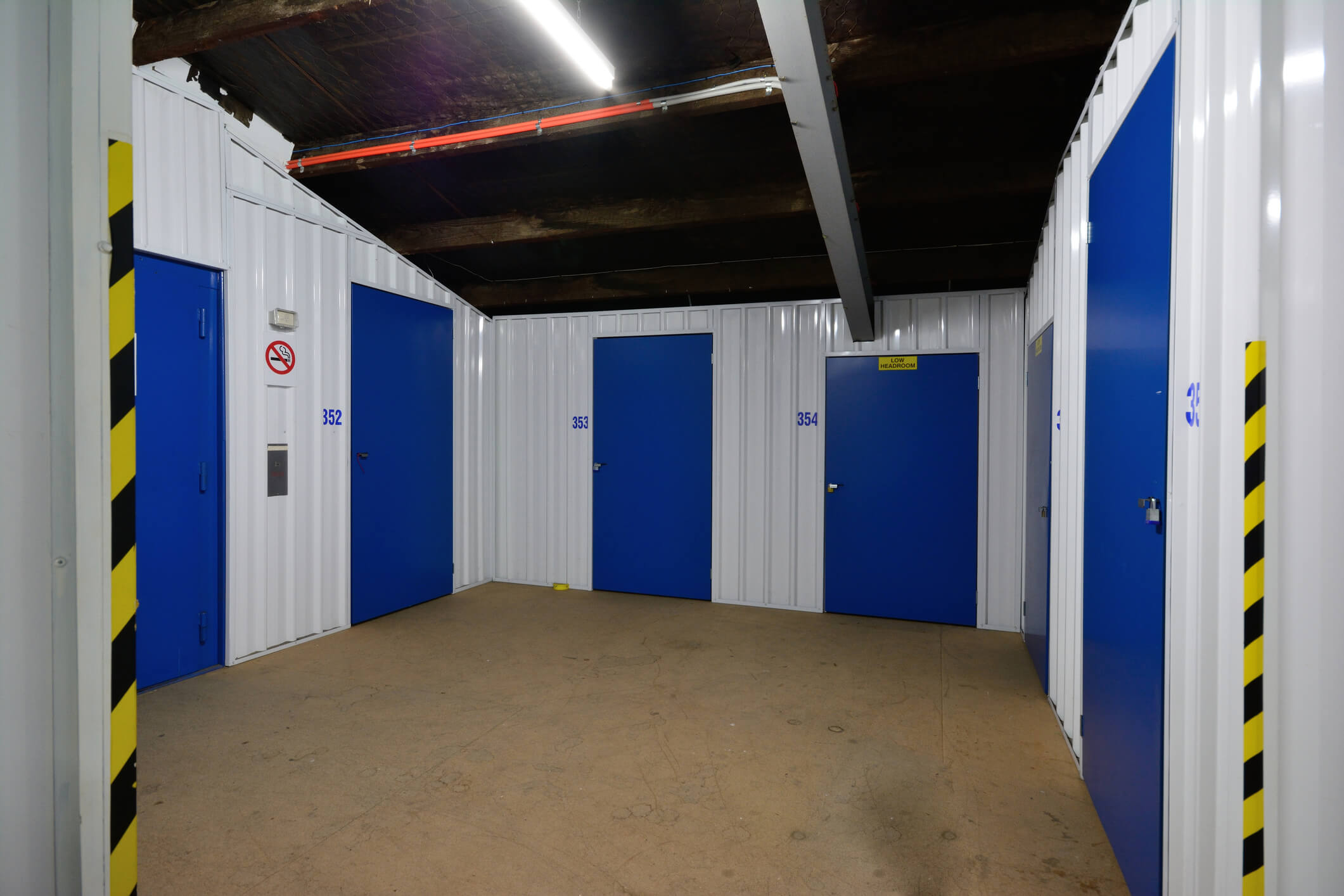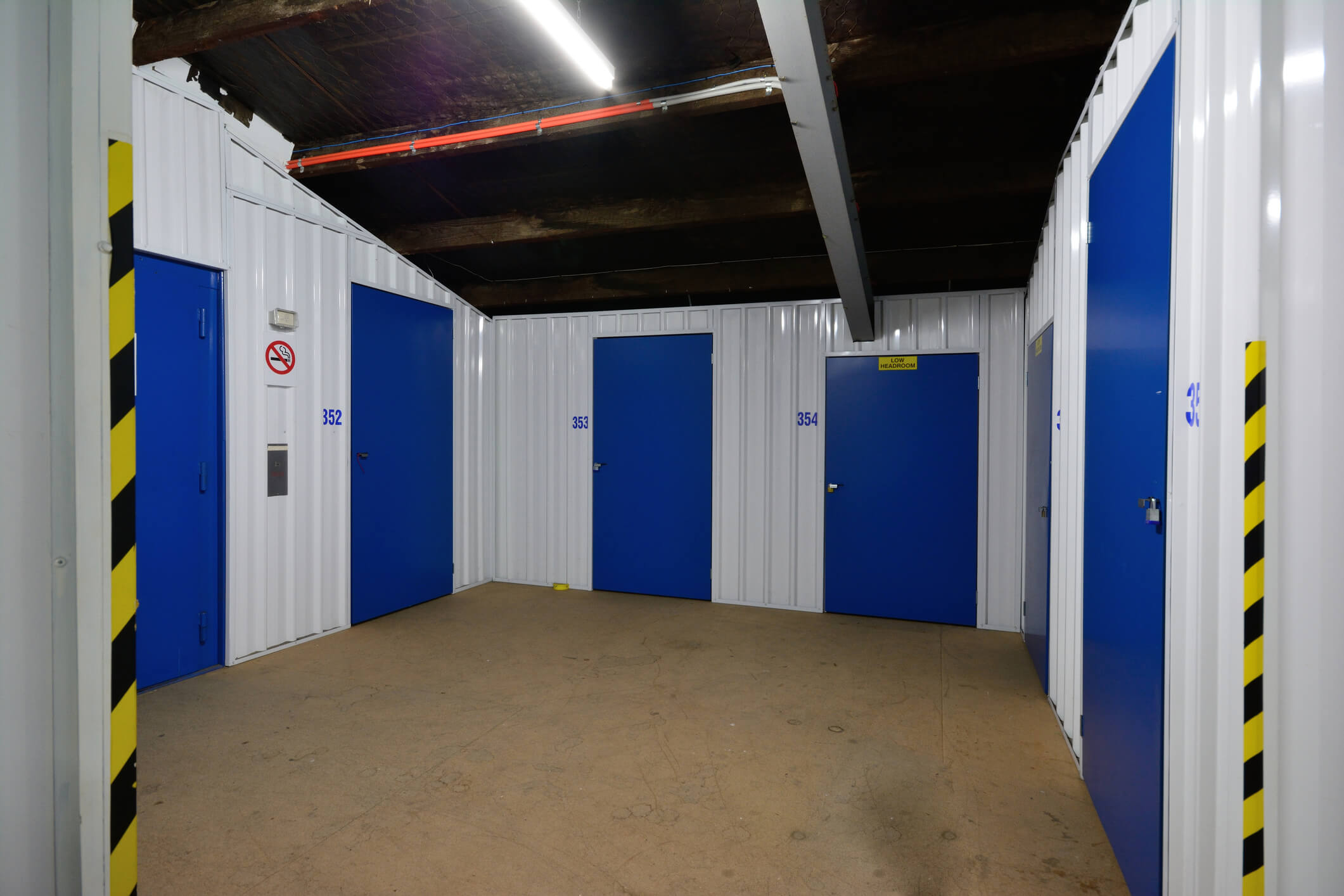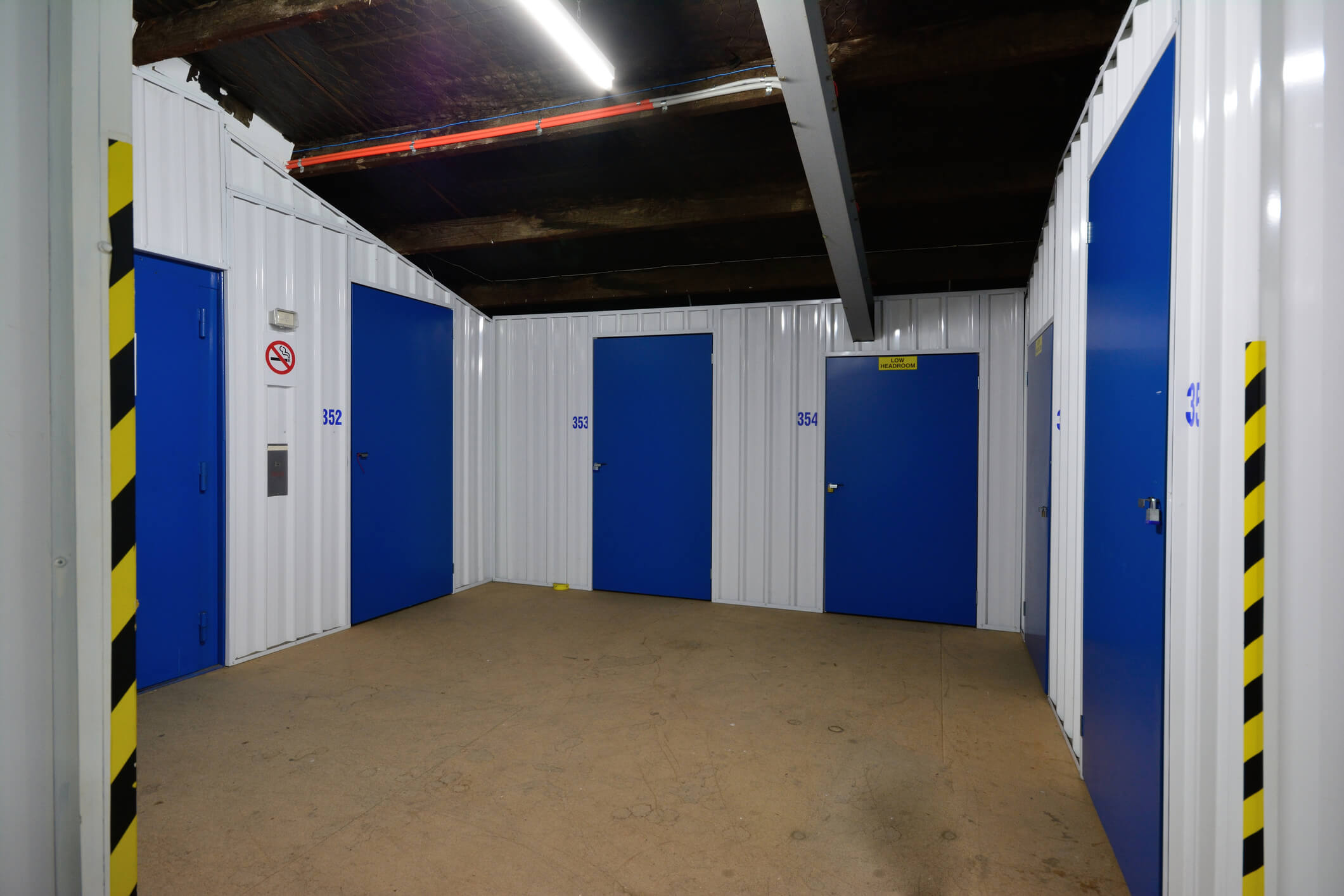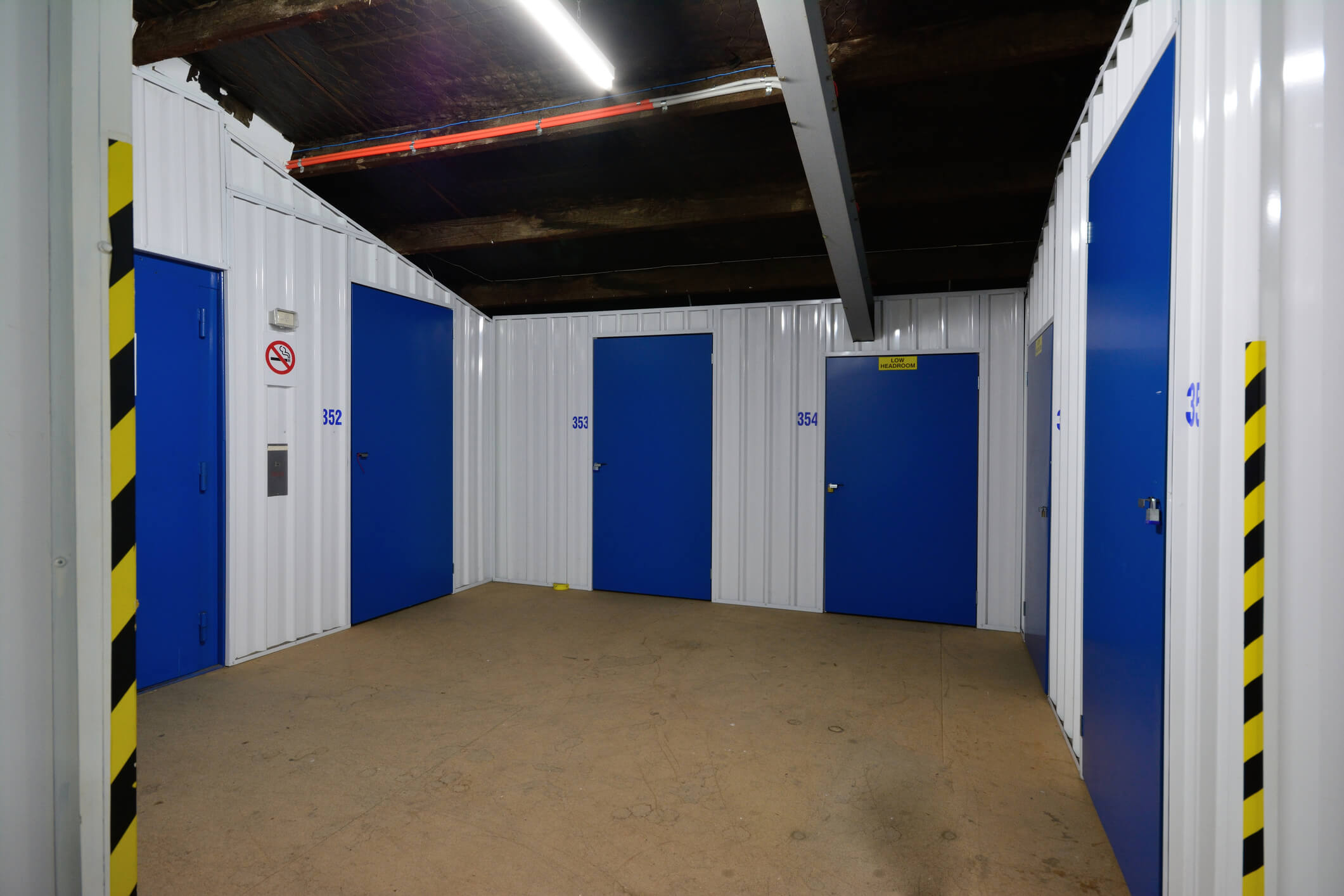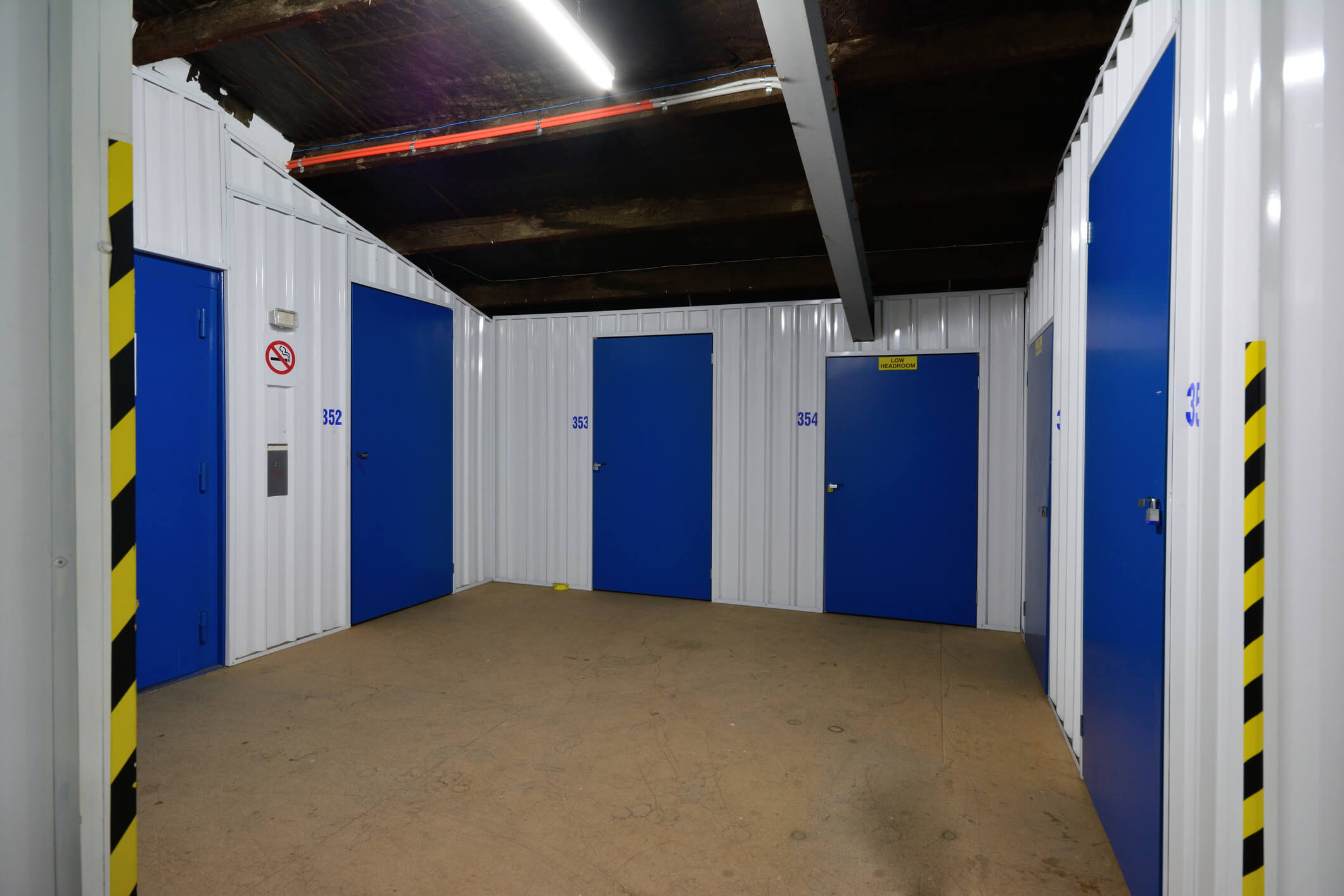Running a storage facility business involves significant operational risks that could force temporary closure or s…
Storage Facility Environmental Insurance: Protecting Your Business from Environmental Risks
Storage facilities face unique environmental risks that can result in significant financial losses, regulatory penalties, and long-term liability issues. Whether you operate a self-storage facility, warehouse, or specialized storage operation, environmental insurance provides crucial protection against pollution incidents, contamination claims, and regulatory compliance costs. Understanding the importance of environmental insurance for storage facilities is essential for protecting your business, assets, and reputation in an increasingly regulated environment.
What is Storage Facility Environmental Insurance?
Storage facility environmental insurance is specialized coverage designed to protect storage facility operators from financial losses arising from environmental contamination, pollution incidents, and regulatory compliance issues. This insurance covers both sudden and gradual pollution events, providing financial protection for cleanup costs, third-party claims, business interruption, and regulatory fines. Unlike standard commercial insurance policies, environmental insurance specifically addresses the unique pollution risks associated with storage operations.
Key Coverage Areas
Pollution Liability Coverage
This fundamental component covers third-party claims arising from pollution incidents originating from your storage facility. Coverage includes bodily injury and property damage claims from neighboring properties, groundwater contamination affecting local water supplies, and air pollution impacting surrounding communities. The policy responds to both sudden accidental releases and gradual pollution events that may have occurred over time.
Site Cleanup and Remediation
Environmental insurance covers the costs of cleaning up contamination at your storage facility, including soil remediation, groundwater treatment, and air quality restoration. This coverage is essential as cleanup costs can easily reach hundreds of thousands or millions of pounds, depending on the extent of contamination and the remediation methods required.
Business Interruption Protection
When environmental incidents force temporary closure or relocation of your storage facility, business interruption coverage compensates for lost rental income and ongoing expenses. This protection is crucial for maintaining financial stability during extended cleanup periods or while relocating operations to alternative facilities.
Regulatory Compliance Costs
Coverage extends to costs associated with regulatory investigations, compliance orders, and administrative proceedings. This includes legal fees for responding to environmental agency inquiries, costs of required environmental assessments, and expenses related to permit modifications or facility upgrades mandated by regulators.
Transportation and Disposal Coverage
For storage facilities handling hazardous materials, coverage includes pollution incidents during transportation to and from the facility, as well as costs associated with proper disposal of contaminated materials and waste generated during cleanup operations.
Common Environmental Risks for Storage Facilities
Chemical Storage Risks
Storage facilities housing chemicals, paints, solvents, or industrial materials face risks from container failures, spills, and vapor releases. Even small quantities of hazardous materials can create significant environmental liability if they contaminate soil or groundwater.
Underground Storage Tank Issues
Facilities with underground fuel tanks for generators or heating systems risk soil and groundwater contamination from tank corrosion, overfilling, or piping failures. Historical contamination from previously unknown tanks can also create unexpected liability.
Stormwater Contamination
Improper stormwater management can lead to contaminated runoff affecting nearby water bodies. Storage facilities must ensure that stormwater systems adequately contain and treat potentially contaminated water before discharge.
Asbestos and Lead Paint
Older storage facilities may contain asbestos insulation or lead-based paint, creating potential environmental liability during renovation, demolition, or accidental disturbance of these materials.
Tenant-Related Contamination
Storage facility operators may face liability for contamination caused by tenants storing prohibited materials or improperly disposing of hazardous substances within storage units.
Waste Management Issues
Improper handling, storage, or disposal of facility-generated waste can result in environmental contamination and regulatory violations, particularly for facilities generating hazardous waste from maintenance operations.
Industry-Specific Considerations
Self-Storage Facilities
Self-storage operations face unique challenges in monitoring and controlling what tenants store in units. Environmental insurance should address contamination from unknown or prohibited materials stored by tenants, as well as the facility operator's responsibility for proper cleanup and disposal.
Cold Storage and Refrigerated Facilities
These facilities face risks from refrigerant leaks, which can impact air quality and require specialized cleanup procedures. Ammonia-based refrigeration systems present particular environmental and safety concerns requiring comprehensive coverage.
Document Storage Facilities
Facilities storing paper documents face risks from fire suppression chemicals, pest control treatments, and potential contamination from historical document preservation chemicals that may no longer meet current environmental standards.
Automotive Storage Facilities
Facilities storing vehicles face risks from fuel leaks, battery acid spills, and automotive fluids that can contaminate soil and groundwater. Classic car storage facilities may face additional risks from vintage vehicles with different environmental profiles.
Hazardous Material Storage
Facilities specifically designed for hazardous material storage require comprehensive environmental coverage addressing the full range of potential contamination scenarios, including worst-case release scenarios and long-term monitoring requirements.
Benefits of Environmental Insurance
Financial Protection
Environmental insurance provides essential financial protection against potentially catastrophic cleanup costs and third-party claims. Without adequate coverage, a single environmental incident could threaten the financial viability of your storage facility operation.
Regulatory Compliance Support
Insurance carriers often provide access to environmental consultants and legal experts who can help navigate complex regulatory requirements and ensure compliance with evolving environmental standards.
Business Continuity
By covering business interruption costs and providing resources for rapid response to environmental incidents, this insurance helps maintain business continuity and protects ongoing revenue streams.
Enhanced Property Value
Having comprehensive environmental insurance can enhance property value and marketability by demonstrating proactive risk management and providing potential buyers with confidence in the property's environmental status.
Tenant and Stakeholder Confidence
Environmental insurance demonstrates your commitment to responsible facility management, enhancing confidence among tenants, lenders, and other stakeholders in your operation's long-term viability.
Risk Management Best Practices
Regular Environmental Assessments
Conduct periodic environmental assessments to identify potential contamination sources and monitor environmental conditions at your facility. Early detection of environmental issues can significantly reduce cleanup costs and liability exposure.
Tenant Screening and Education
Implement robust tenant screening procedures and provide clear guidelines about prohibited materials and proper storage practices. Regular facility inspections can help identify potential environmental risks before they become significant problems.
Proper Waste Management
Establish comprehensive waste management procedures for facility operations, including proper handling and disposal of maintenance waste, cleaning chemicals, and any materials removed from storage units.
Emergency Response Planning
Develop and regularly update emergency response procedures for environmental incidents, including immediate containment measures, notification protocols, and coordination with environmental response contractors.
Staff Training
Ensure all facility staff understand environmental risks and proper response procedures. Regular training updates help maintain awareness of evolving environmental regulations and best practices.
Choosing the Right Environmental Insurance
Coverage Limits and Deductibles
Select coverage limits that adequately reflect potential environmental liability at your facility. Consider factors such as facility size, types of materials stored, proximity to sensitive environmental areas, and local cleanup cost factors when determining appropriate limits.
Policy Terms and Conditions
Carefully review policy terms, including coverage triggers, exclusions, and claim reporting requirements. Understand how the policy defines pollution events and what documentation is required for claim submission.
Carrier Experience
Choose an insurance carrier with demonstrated experience in environmental insurance and storage facility risks. Experienced carriers can provide valuable risk management resources and claims handling expertise.
Integration with Other Coverage
Ensure environmental insurance coordinates properly with your other commercial insurance policies to avoid coverage gaps or disputes over which policy responds to specific claims.
Cost Factors
Facility Characteristics
Insurance costs vary based on facility size, age, construction type, and environmental risk profile. Newer facilities with modern environmental controls typically qualify for more favorable rates than older facilities with higher risk profiles.
Storage Operations
The types of materials stored at your facility significantly impact insurance costs. Facilities storing only household goods typically pay lower premiums than those handling commercial or industrial materials.
Location Factors
Facility location affects insurance costs, with facilities in environmentally sensitive areas or regions with strict environmental regulations typically facing higher premiums.
Risk Management Measures
Implementing comprehensive environmental risk management measures can help reduce insurance costs through improved risk profiles and potential premium discounts for proactive risk management.
Claims Process
Immediate Response
When an environmental incident occurs, immediate notification to your insurance carrier is crucial. Most policies require prompt notification, and delays can potentially affect coverage. Implement procedures to ensure rapid claim reporting while taking necessary immediate response measures.
Documentation Requirements
Maintain detailed documentation of environmental incidents, including photographs, witness statements, and all correspondence with regulatory agencies. Proper documentation supports efficient claim processing and helps ensure full coverage under your policy.
Regulatory Coordination
Your insurance carrier can help coordinate with environmental regulators and provide resources for managing regulatory compliance during environmental incidents. This support is invaluable for navigating complex regulatory requirements.
Frequently Asked Questions
Do I need environmental insurance if I only store household goods?
Even facilities storing only household goods can face environmental risks from unknown materials brought by tenants, facility maintenance activities, or historical contamination. Environmental insurance provides important protection regardless of storage facility type.
How does environmental insurance differ from general liability coverage?
General liability policies typically exclude pollution-related claims, making specialized environmental insurance necessary for comprehensive protection against environmental risks and contamination incidents.
What happens if contamination is discovered during facility sale or renovation?
Environmental insurance can cover cleanup costs and liability associated with contamination discovered during property transactions or renovation projects, provided the contamination falls within policy coverage terms.
Are there coverage options for facilities with known environmental issues?
Specialized environmental insurance products are available for facilities with known contamination, though coverage terms and costs may vary based on the specific environmental conditions and remediation status.
How long does environmental liability last?
Environmental liability can extend for many years after contamination occurs, making long-term environmental insurance coverage important for ongoing protection against historical and future environmental risks.
Does environmental insurance cover fines and penalties?
Coverage for regulatory fines and penalties varies by policy and jurisdiction. Many policies provide coverage for certain types of regulatory costs, though criminal fines and penalties are typically excluded.
Conclusion
Storage facility environmental insurance provides essential protection against the significant financial risks associated with environmental contamination and pollution incidents. From cleanup costs and third-party claims to regulatory compliance expenses and business interruption losses, environmental insurance offers comprehensive protection for storage facility operators facing an increasingly complex environmental regulatory landscape.
The investment in environmental insurance represents sound business practice for storage facility operators committed to protecting their assets, maintaining regulatory compliance, and ensuring long-term business viability. By understanding the coverage options available and implementing comprehensive risk management practices, storage facility operators can effectively manage environmental risks while maintaining successful operations.
Working with experienced insurance professionals who understand storage facility operations and environmental risks ensures you obtain appropriate coverage tailored to your specific operational needs and risk profile. This proactive approach to environmental risk management protects your business investment while demonstrating responsible facility management to tenants, regulators, and the broader community.


 0330 127 2333
0330 127 2333

